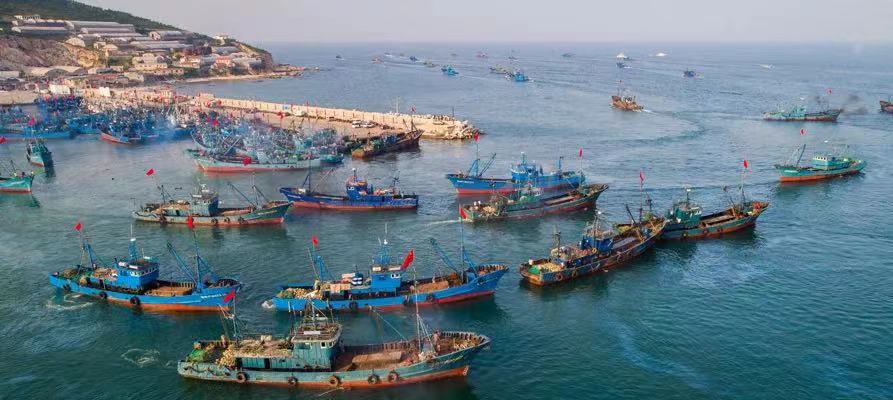
The navigation environment is complex in Chinese coastal waters where traditional fishing areas for fishing vessels often overlap with seaways. In fishing seasons, collisions between merchant vessels and fishing vessels occur from time to time due to the increase of fishing vessel traffic. Such collisions often result in heavy casualties and huge economic losses, thus are highly concerned by Clubs and Shipowners. In September, 2020, Huatai published Circular No. PNI[2020]09 on avoiding fishing vessel collision in Ningbo/Zhoushan area. We also established a special database of collisions involving fishing vessels. According to the database, this Circular summarizes the regularity, characteristics and common causes of collisions involving fishing vessels, and put forward loss prevention suggestions for Clubs/Members.
General Situation and Characteristics of Collisions involving Fishing Vessels in Recent Years
Ⅰ. General Situation
According to our database, Huatai has handled about 35 cases per year from 2018 to 2020. There is no significant change in the annual caseload. Those cases mainly occurred in the following four areas: Shandong Province (Lanshan, Rizhao, Shidao, Lianyungang), Tianjin, Shanghai, and Zhejiang Province (Ningbo, Zhoushan, Taizhou). The following is a comparison of caseload in the above four areas in the past three years.

Ⅱ. Regularity & Characteristics of the Incidents
1. Seasonal characteristics. Collisions between merchant & fishing vessels usually occur in two fishing seasons, namely from March to May and from October to December each year. When fishing season begins, the normal navigation of merchant vessels is influenced to some extent due to the large number of fishing vessels and their dispersed distribution in coastal waters.
2. Collision often occurs at night or in bad weather. From 2200 to 0600, when the OOW tends to slack on maintaining a proper look out, the risk of collision becomes higher. In addition, collisions are likely to take place in poor visibility conditions caused by severe weather, such as dense fog and heavy storms.
4. Collisions often cause heavy casualties. Comparing with large merchant vessels, fishing vessels have smaller size and are likely to be poorly equipped with life-saving appliances. A collision with merchant vessel often causes the fishing boat capsized and loss of lives. If the fishing boat fails to send out a Mayday call immediately after the collision, or the merchant vessel departs without knowledge of collision or even deliberately escapes, the search and rescue operation will be delayed and cause a much higher mortality rate than other cases.
Ⅲ. Common Causes of the Collision
1. The navigation environment of Chinese coastal waters is complicated because of the crisscrossing of merchant vessels’ seaway and fishing areas. Chinese coastal fishing areas are extensive and the number of fishing vessels is huge. During the fishing season, there are many fishing vessels from north to south, which leads to a large number of merchant vessels navigating through the fishing areas.
2. Chinese coastal waters are affected by foggy weather. The central and southern parts of the Yellow Sea, the Yangtze River Estuary to Zhoushan Islands, Beibu Gulf are more affected by foggy weather. The annual foggy days from Chengshantou to Shidao (South of Shandong Peninsula) is more than 80 days and the longest continuous foggy day exceed 25 days. Foggy area in South extends as wide as 100 to 200 kilometers; Zhoushan Islands as wide as 400 kilometers; the Bohai Sea even broader. From June to July, the entire Yellow Sea would be covered by fog. Among those foggy waters, Laotieshan Waterway, Chenshantou sea area, Zhoushan Islands and Yangtze River Estuary are major fishing areas and also the fishing vessel collision high-risk areas.
3. Crewmembers fail to maintain a proper bridgewatch with caution. Crew on duty exercises inadequate vigilance, especially when passing through concentrated fishing areas without additional watchkeeping at night and in poor visibility conditions. The OOW fails to maintain a proper look-out by all available means and fails to do cross-validation, but relies too much on a single navigation aids, unaware of the limitations of using AIS, ECID, RADAR and VHF.
4. Foreign crewmembers might be unfamiliar with the navigation environment in Chinese coastal waters especially the location of fishing areas. They maintain the same practices as they do in other waters, including not slowing down, not arranging more watchkeepers or even using autopilot. Some crewmembers have a misunderstanding of AIS equipment. In fact, the AIS in fishing vessels might be switched off, the signal could be unstable and not all fishing vessels are equipped with AIS.
Loss Prevention Suggestions
To prevent the collision between merchant and fishing vessels, China MSA published Safety Guideline for Preventing of Collision between Merchant Vessels and Fishing Vessels in Chinese Coastal Waters on April 27, 2021. It aims to help foreign vessels, especially those foreign crewmembers who are unfamiliar with the Chinese coastal navigation environment, navigate safely in Chinese coastal waters. We hereby summarize some safety suggestions therein for Clubs/Members kind reference.
Ⅰ. Normal Navigational Methods
1. Before Entering the Waters where Fishing Vessels are Concentrated
-
The captain should examine passage plan, as far as practicable adopt the recommended route and try the best to avoid entering the fishing vessels concentrated waters, so as to reduce the chance of encountering with fishing vessels.
-
Examine and test navigational aids and communication equipment such as RADAR, ECDIS/ECS, AIS, VDR, VHF, Navigational lights and sound-signaling equipment to ensure that all are in sound working condition.
-
Make proper arrangement on navigational watch. There should be at least 2 crew members engaged on the bridgewatch at all times.
-
Safety precautions and corresponding actions guide for navigating in the fishing area should be clearly posted at a prominent position on the bridge.
2. Navigating in or Approaching to the Waters where Fishing Vessels are Concentrated
-
It should be borne in mind that: Safety First, Don’t take risks, Take a detour! As far as practicable avoid entering the waters where fishing vessels are concentrated.
-
Appropriate bridge watch arrangement shall be made. The number of bridge team may be increased according to the high traffic density of fishing vessels. Don’t hesitate to call the captain to the bridge any time in doubt.
-
The captain should issue the night orders in response to the special precautionary requirements for the safe navigation in fishing area at the night time.
-
Bridge should keep sharp look-out, and use two or more radars by long-range and short-range scanning. Do not rely too much on a single navigational aids, every vessel shall at all times maintain a proper look-out by sight and hearing as well as by all available means appropriate in the prevailing circumstances and conditions.
-
Proceed at a safe speed at all times.
-
Make sure the AIS information is updated and the device is in good working condition.
-
All measures shall be taken to avoid watchkeepers to work in fatigue or after drinking.
3. Special Precautions
-
When the summer fishing moratorium ends, usually it is the time when the density of fishing vessels is highest.
-
Based on accident statistics, most collisions between merchant vessels and fishing vessels occur in the period between 2300 and 0400.Therefore special attention should be given in this duration.
-
Special attention should also be paid to some fishing vessels anchored at night which might not arrange watchkeeper or display proper lights or have operational AIS as required, and also to the interference from the excessive use of AIS on fishing nets or fishing marks.
-
When a fishing vessel is observed proceeding at the speed around 3 knots, she is possibly engaged in fishing and restricted in her ability to maneuver, keep clear at a safe distance whenever possible.
-
Even a slight collision or contact between a merchant vessel and a fishing vessel might capsize the fishing vessel and cause subsequent damage to both the vessel and her crew. However it is sometimes hard to be observed by watch keepers on merchant vessels. Therefore, when passing a fishing vessel at close range, great care should be taken to ensure that there is no collision, wave damage or vessel suction.
-
It is recommended that vessels sailing from the southern parts of the South China Sea to Japanese or Korean ports, and vessels that do not call at Chinese ports, proceed from the waters east of Taiwan Island and try to stay away from the coastal waters of China.
Ⅱ. Action to Avoid Collision
-
Comply with the COLREG 1972. Any action to avoid collision shall be taken in ample time. The alteration of course and/or speed shall be large enough. Action taken to avoid collision shall be such as to result in passing at a safe distance until the other vessel is past and clear. Try to coordinate the collision avoidance actions through VHF CH16. However if there is no response from the fishing vessel after several calls, it might means that the fishing vessel does not maintain listening watch on such channel. When communicating with VHF, give a full consideration to the limitations of accent and language expression and ensure that both parties are clear about their intentions.
-
Watch out for uncoordinated actions taken by fishing vessels at close range. When finding a fishing vessel that needs emergency collision avoidance actions, give at least 5 short and rapid flashes by ALDIS light, or use a continuous sound signal to attract her attention.
-
In an emergency situation, you should also consider reducing speed or stopping the vessel to avoid collision in addition to the alteration of course.
-
Action to avoid collision should be decided giving full considerations to the surrounding conditions, so that such action will not result in any close-quarter situations with any other vessels.
Fishing Ban Comes to an End in China
It shall be noted that the 3-month fishing ban in the South China Sea ended at 1200, 16th August while the fishing ban in Bohai Sea, Yellow Sea and the East China Sea will also be lifted in the near future (Please refer to Huatai Circular PNI[2021]05). We suggest Shipowners pay attention to Notice to Mariners published by MSA before approaching waters where fishing vessels are concentrated, and check with local agents to see if there is any change in the local fishing area.
Source: HUATAI
The opinions expressed herein are the author's and not necessarily those of The Xinde Marine News.
Please Contact Us at:
media@xindemarine.com






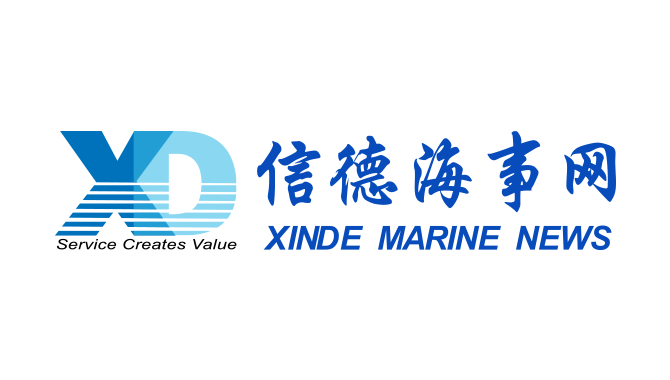 Reporting Requirements for Foreign-flagged Ships En
Reporting Requirements for Foreign-flagged Ships En 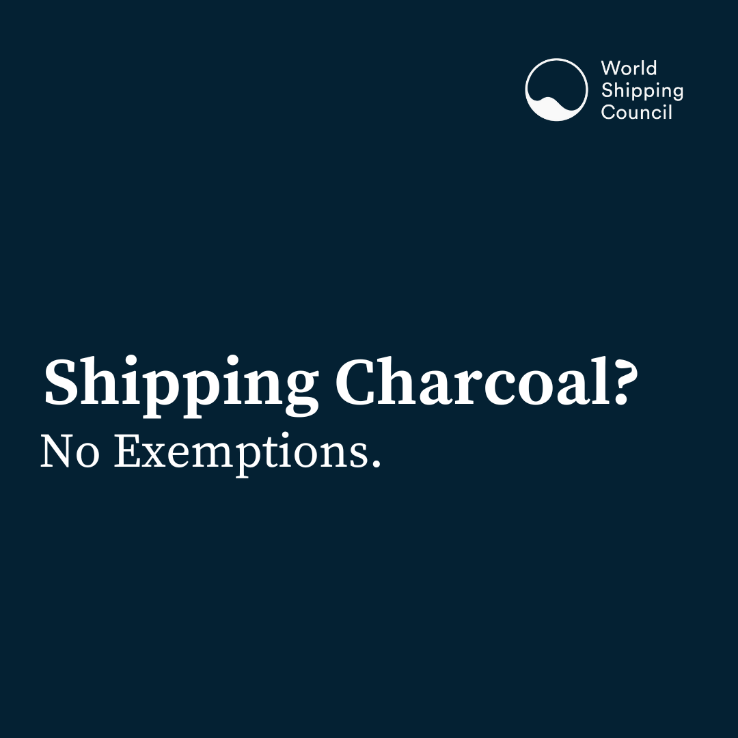 Shipping Carriers Move to Prevent Deadly Charcoal F
Shipping Carriers Move to Prevent Deadly Charcoal F  KR, HD KSOE, HD HHI, KSS Line, and Liberian Registr
KR, HD KSOE, HD HHI, KSS Line, and Liberian Registr 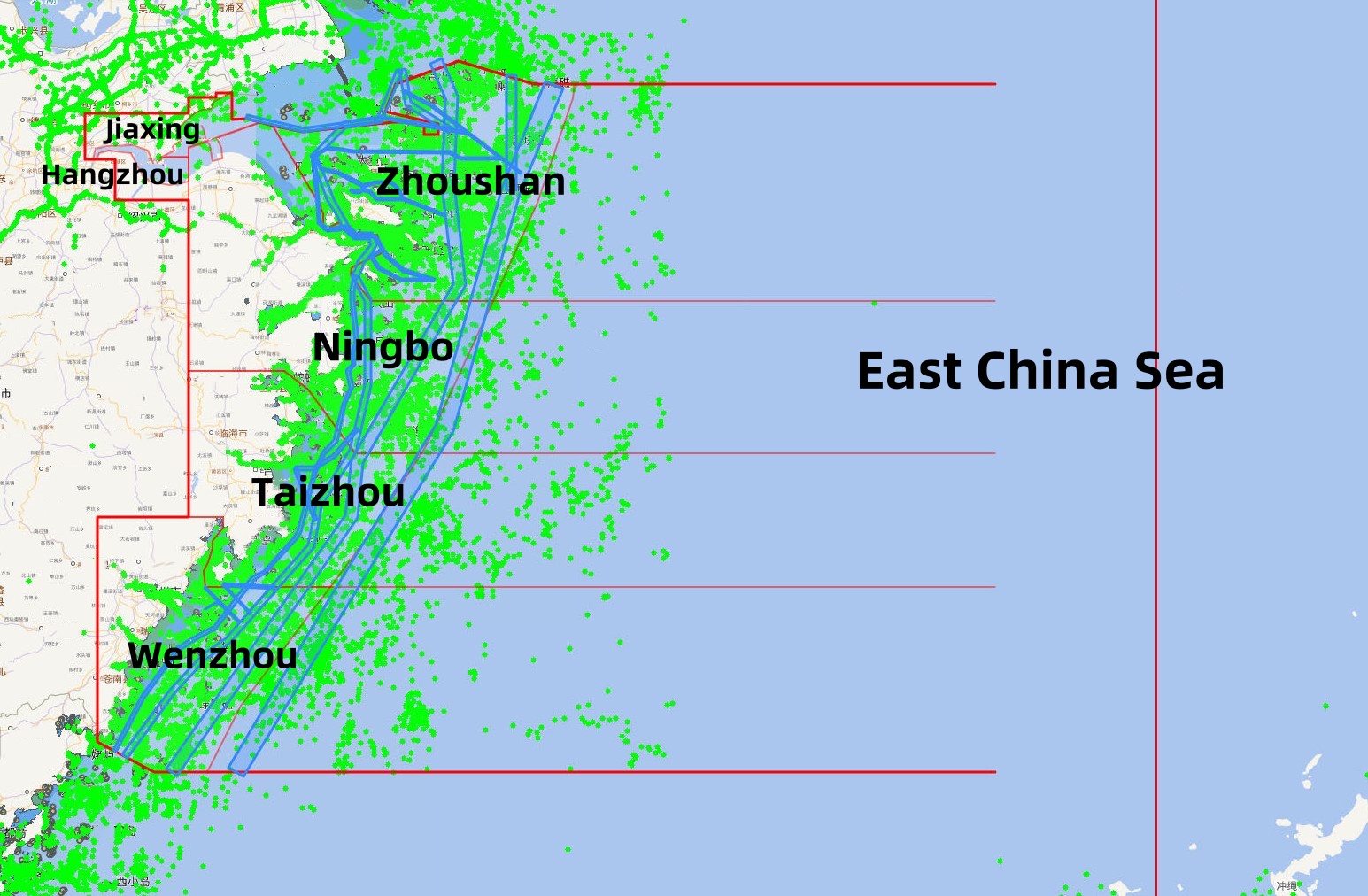 Zhejiang Maritime Safety Administration Issues the “
Zhejiang Maritime Safety Administration Issues the “ 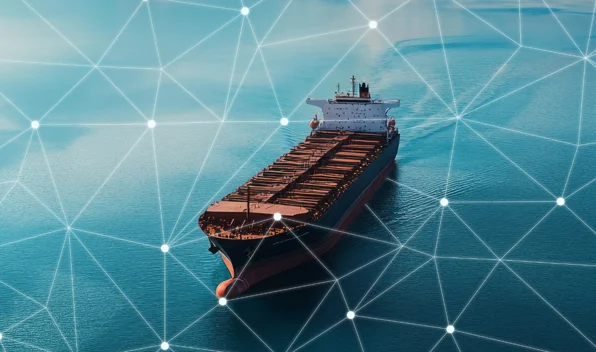 RightShip Updates Age Trigger for Vessel Inspection
RightShip Updates Age Trigger for Vessel Inspection 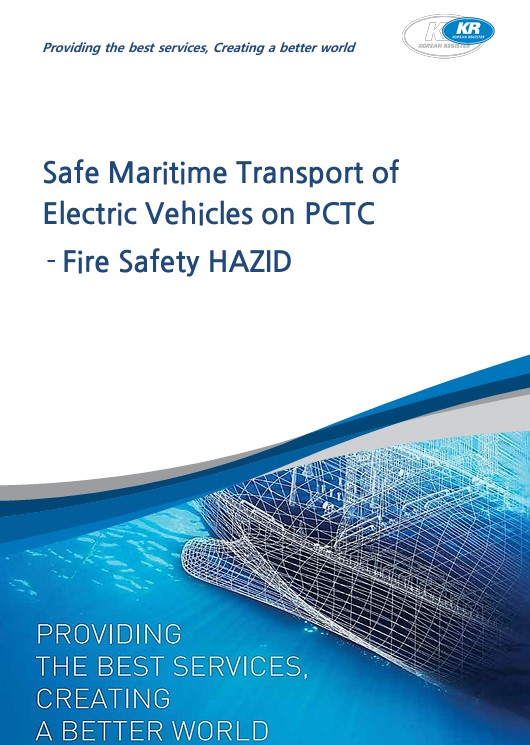 KR Publishes Report on Safe Maritime Transport of E
KR Publishes Report on Safe Maritime Transport of E